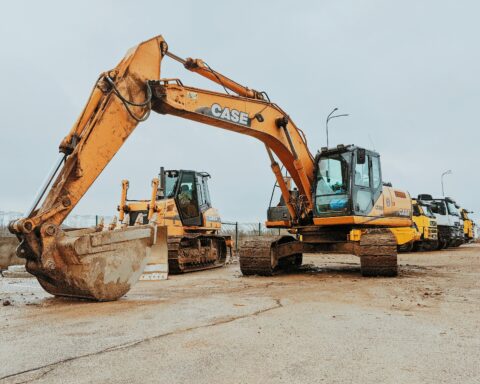More than 2 million people in the U.S. are estimated to lack basic running water and indoor plumbing. Without access to treatment plants, residents in rural areas often utilize septic systems or a primitive method of wastewater disposal known as straight piping.
In such a system, waste pools on the ground or in a nearby stream after exiting a home’s toilet via a straight pipe.
The health hazards of this scenario are readily apparent, which is part of the reason the U.S. Department of Agriculture has strengthened its efforts to work with the Environmental Protection Agency to improve modern wastewater infrastructure in rural areas.
The USDA’s Rural Development office last week signed a Decentralized Wastewater Management memorandum of understanding with the EPA and 25 other federal and non-federal industry stakeholders.
The agreement places an emphasis on sharing information, technology and other resources through technical assistance, training and more. It was first developed in 2005 and is updated every three years. This is the first time the USDA has signed on.
“Safely managing wastewater is essential to protecting people’s health, their property, and the environment,” EPA Deputy Assistant Administrator for Water Benita Best-Wong said in a news release. “This Memorandum brings together national organizations to engage with local partners to adopt best practices and help strengthen our communities.”
Under the agreement, the Rural Development office will help connect rural communities in six states and two tribal nations to technical-assistance resources provided through the Closing America’s Wastewater Access Gap Community Initiative (CAWAGI).
The EPA and USDA launched the pilot program last year as a vehicle for conducting feasibility studies and helping applicants compete for funding through programs such as the EPA’s $11.7 billion Clean Water State Revolving Fund (CWSRF).
Funded through the U.S. government’s Bipartisan Infrastructure Law (BIL), the CWSRF gives municipalities access to low-cost loans and grants for a myriad of water quality projects.
Local solutions
Harlan County in southeastern of Kentucky is among the communities participating in the CAWAGI. As part of the program, USDA and EPA engineers visited facilities in the towns of Lynch, Benham and Cumberland in April.
In a public meeting Nov. 9, Rebecca Goodman, Kentucky’s energy and environment cabinet secretary, presented the engineers’ findings and outlined several options and recommendations to improve wastewater infrastructure for the areas’ 3,000 residents.
Goodman noted existing plants in each town are over 60 years old and feature a collective 16 miles of clay pipe in disrepair. It was determined that the facilities in the towns of Cumberland and Benham need upgrades and lift stations. Goodman recommended a new wastewater treatment plant in the city of Lynch, or in lieu of that, a connection be made to a plant in one of the other two cities.
However, engineers said city and county officials should first address problems related to infiltration from pipe cracks/joints and inflow from storm water before selecting options for facility upgrades or replacement. Assuming all clay pipes would need to be replaced in the process, engineers estimated a price tag of $6 million per city in infiltration/inflow corrections.
Beyond that, the community must now decide whether to invest an estimated total of $7 million to continue with the maintenance and operation of individual plants in each of the three cities, or enjoy a combined savings of $3 million by sharing infrastructure and services.
In the meantime, Harlan County is expected to follow the funding agency procurement process of hiring a consultant to assist with planning and design, and complete required financial audits.
Other options
The CAWAGI isn’t the only initiative the USDA is participating in to improve rural wastewater infrastructure.
In August of this year, USDA secretary Tom Vilsack announced that $800 million in funding would be earmarked to assist rural communities, including several programs to facilitate wastewater management.
Among these are the Water and Waste Disposal Direct Loan and Grant Program, Water and Waste Disposal Loan Guarantees Program, and the Water and Waste Facility Loans and Grants to Alleviate Health Risks for Colonias Program.
Rural communities may also partner with the USDA’s Rural Development office to apply for grants and loan funding through their many Water and Environmental Programs (WEP).
All news and information on this site is provided by the team at Strategic Partnerships, Inc. Check out this short 1-minute video that provides a quick overview of how we work with clients.













